Instructional Series
Welcome to the English medium literacy instructional series teaching and learning resources for years 1 to 8.
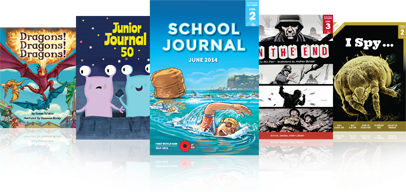
- Gold
- 2
- 3
- 4
- 6
- 3
- 5
- English
- Social Sciences
- Science
- Health and Physical Education
- Mathematics and Statistics
- Technology
- Non-fiction
- Fiction
- None
- Articles
- Stories
- Poems
Search results
15 items - Showing 1 - 10
-
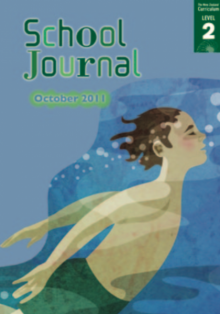
A Grin from Ear to Ear
by Tipene Watson
A boy and his koro enjoy a day fishing together. When the boy reels in the biggest fish he has ever caught, enough to feed the whole family for dinner, he proudly poses for the camera with his catch. Readers will share his surprise when Koro then tells him to release the fish. By explaining that it will go on to produce more in the future, Koro shares his values and traditions about sustainability with his moko.
-
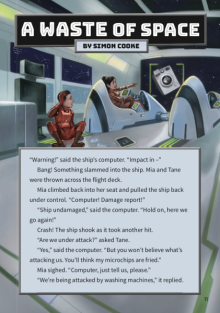
A Waste of Space
by Simon Cooke
illustrated by Dede Putra
""Warning!” said the ship’s computer. “Impact in –” Bang! Something slammed into the ship. Mia and Tane were thrown across the flight deck."
-

Kūtai Fritters
by Charlene Mataio
In this simple fictional recount, a young Māori boy, Kalani, describes an event that will be familiar to some students: gathering kaimoana with the whānau. The story demonstrates important aspects of the relationships within the whānau, including respecting elders and sharing of knowledge and tikanga (cultural concepts) associated with gathering kaimoana. The story illustrates the passing on of knowledge and experience from older whānau members (Koro, Dad) to the next generation.
-
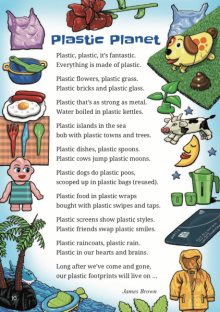
Plastic Planet
by James Brown
illustrated by Fraser Williamson
"Plastic raincoats, plastic rain. Plastic in our hearts and brains. Long after we’ve come and gone, our plastic footprints will live on."
-
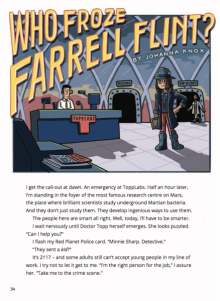
Who Froze Farrell Flint?
by Johanna Knox
illustrated by Toby Morris
Minnie Sharp, detective, is the narrator of this science-fiction story. The setting is a futuristic research centre on Mars. Minnie has a mystery to solve following the discovery of a frozen scientist in the Cryogenic Storage Room. As she interviews the other scientists working in the laboratory, Minnie is gradually able to build a picture of what might have happened.
-
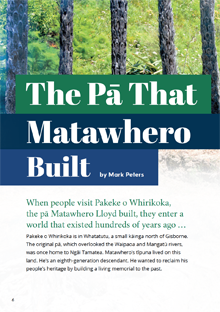
The Pā That Matawhero Built
by Mark Peters
When people visit Pakeke o Whirikoka, the pā Matawhero Lloyd built, they enter a world that existed hundreds of years ago … Pakeke o Whirikoka is in Whatatutu, a small kāinga north of Gisborne. The original pā, which overlooked the Waipaoa and Mangatū rivers, was once home to Ngāi Tamatea. Matawhero’s tīpuna lived on this land. He wanted to reclaim his people’s heritage by building a living memorial to the past.
-
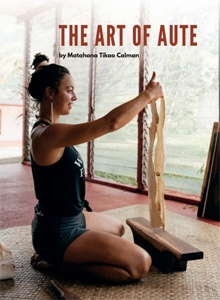
The Art of Aute
by Matahana Tikao Calman
Little is known about the history of cloth-making in Aotearoa. This article is a useful introduction to a tradition that’s found across the Pacific. Nikau Hindin has led the way with its recent revival in New Zealand – both learning a cloth-making practice that’s been around for centuries, then using this cloth for her art.
-
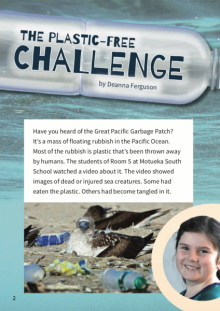
The Plastic-free Challenge
by Deanna Ferguson
When the Room 5 students at Motueka South School saw a video about the Great Pacific Garbage Patch, they were inspired to take action. There’s a lot of media attention on how plastic is polluting the oceans, and it sometimes seems as if the problem is too big to tackle. These students show that it’s possible to make small changes that lead to big results.
-
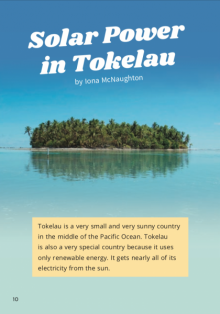
Solar Power in Tokelau
by Iona McNaughton
This report highlights the world-first achievement of Tokelau in using renewable energy sources (solar energy and coconut oil) for all its electricity. It explains why Tokelau decided to switch from using fossil fuels and includes comments from a Tokelau family that illustrate the impact of the change.
-
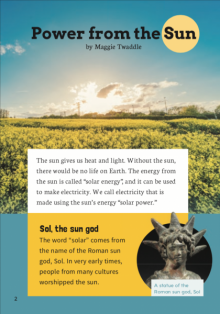
Power from the Sun
by Maggie Twaddle
This report describes the use of solar panels to make electricity and includes an example of a school that has been using solar power since 2008. Students from the school share what they have learnt about solar power, including the fact that solar power is a form of renewable energy.







 Literacy Online home
Literacy Online home
